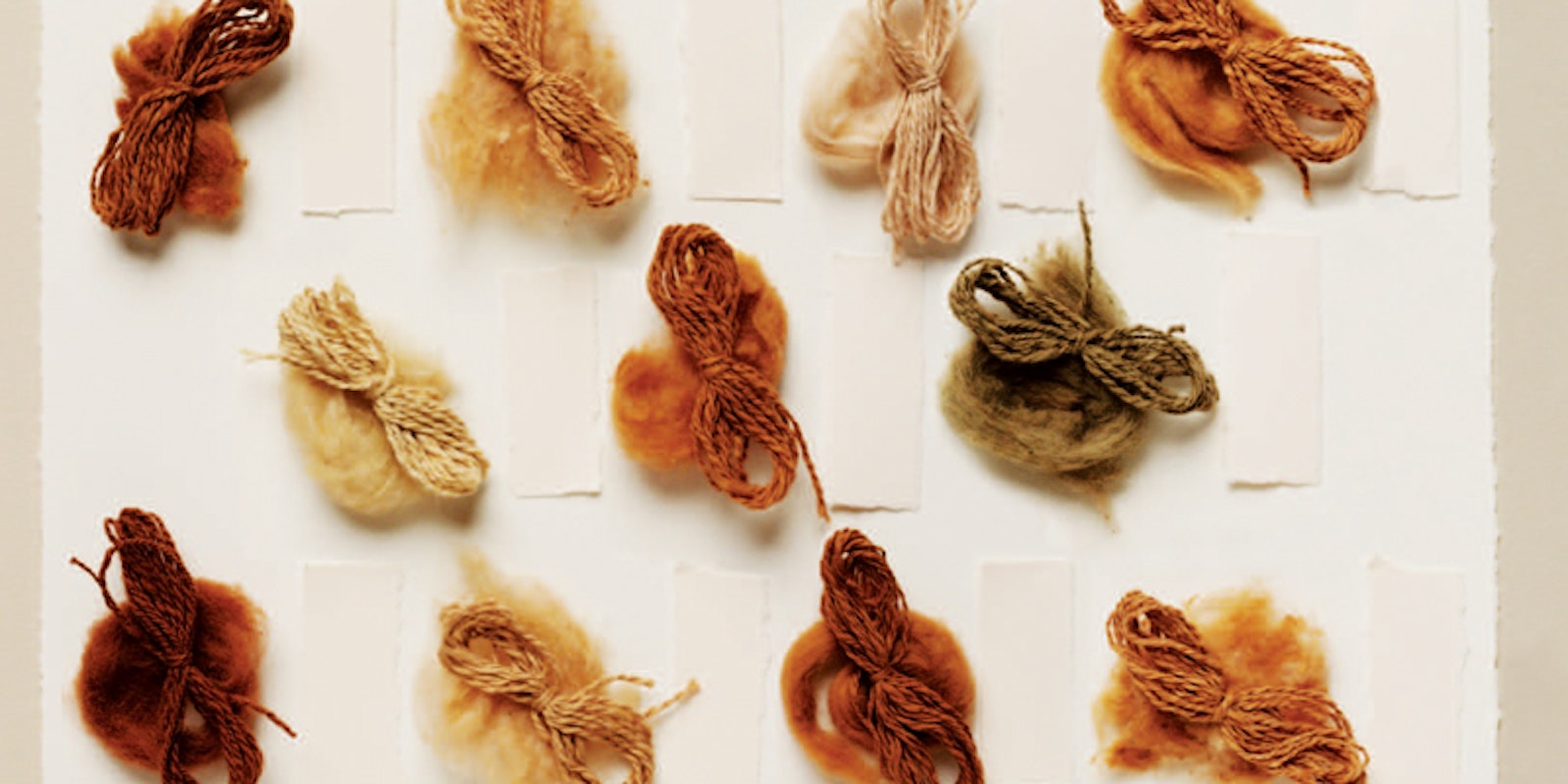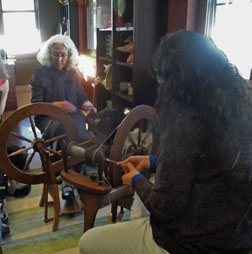Why it is good to try things again
I think I've mentioned before that I try to volunteer weekly at a local public Montessori school that has a fiber arts component in their junior high curriculum. I say try because sometimes it doesn't work out; a sick child, a snow day, or a looming deadline interferes with my weekly visits to the classroom to work on spinning, weaving, fiber preparation, needlefelting, wet felting, and alpaca shearing. But early as we are in the semester, the spinning bug has really bitten hard. Already two of the students are thinking about ways to earn money to buy a spinning wheel (selling her own handspun yarn, no less!)—and one of them wants to donate the wheel she buys to the classroom. I think about all the things vying for their attention at this age and am gratified and amazed that spinning has captivated them.
And I should be clear—this is a daily activity in their classroom. This is the kind of class I would have thought I had died and gone to heaven if I had walked into it as a thirteen-year-old—spinning wheels everywhere, sewing machines against one wall, and table looms on the other; and knitting, weaving; and felting flying out of the hands of all the students as they talk about how they walked the alpacas on the farm earlier that morning. Their amazing teacher, Bekah, uses the fiber arts to teach mathematics, literature, chemistry, world studies, history, social studies, and so much more. I think about all the hours I wasted in school not paying attention to some of these subjects because I wasn't engaged when I could have been learning them while my hands were busy making things. It wasn't until I was in a fiber arts program in college that I realized how handy algebra really was.
One of the great things for me about this experience (beyond seeing the delight and pride on their faces as they make yarn!) is that I'm becoming a better spinner as I work with them. I've learned how to adjust a variety of wheels. We have two Ashford Traditionals that were donated to the classroom after spending at least twenty years each in storage—one was in a garage, the other in a barn. They are limping along after so much neglect. I've been able to put things I've learned from some of our spinning DVDs such as Popular Wheel Mechanics and Start Spinning to good use. I've learned how to replace broken leathers, align wheels, and replace drive bands and break bands. I've also learned that my spinning skills have improved through resurrecting a wheel that had become a bit of decoration. I had deemed the wheel—a Country Craftsman wheel that had been passed around the office and landed in my care about fifteen years ago—too fiddly to bother with. At the time, I had a hard time spinning on it. I was more comfortable on my Louet S10—so I didn't use the Country Craftsman much. I saw it languishing in the corner the other day and thought, I should try it out again. I had dismissed it as a possible wheel for the classroom because I thought it was too hard to use. But I sat down at the wheel and quickly got it up and running again—it needed dusting, oiling, and a new driveband, and the leathers on the footman were gone. I started spinning on it and realized that it wasn't fiddly anymore. When I took it into the classroom, the kids queued up for turns spinning on it—before long the bobbin was full of beautiful yarn.
Happy spinning,





